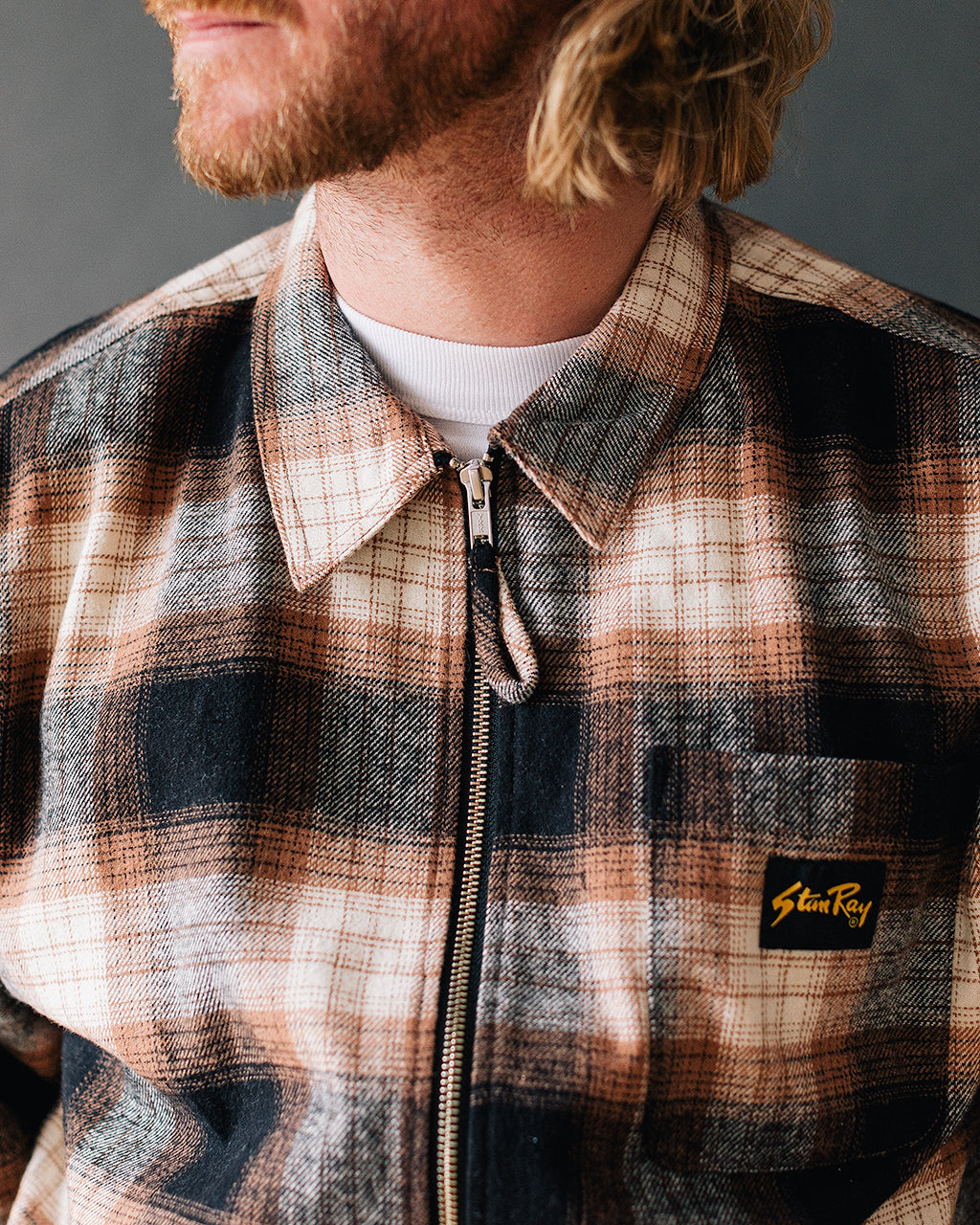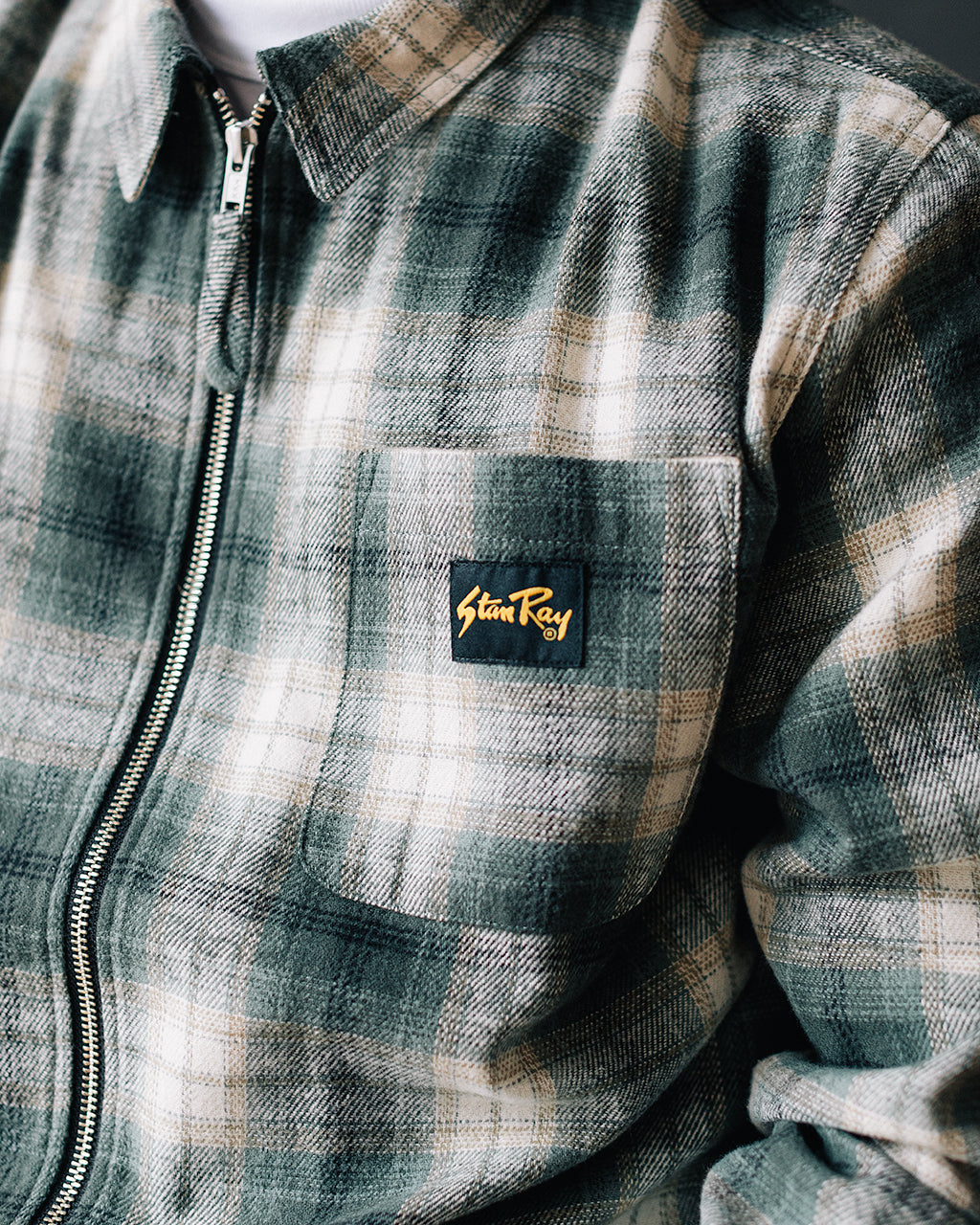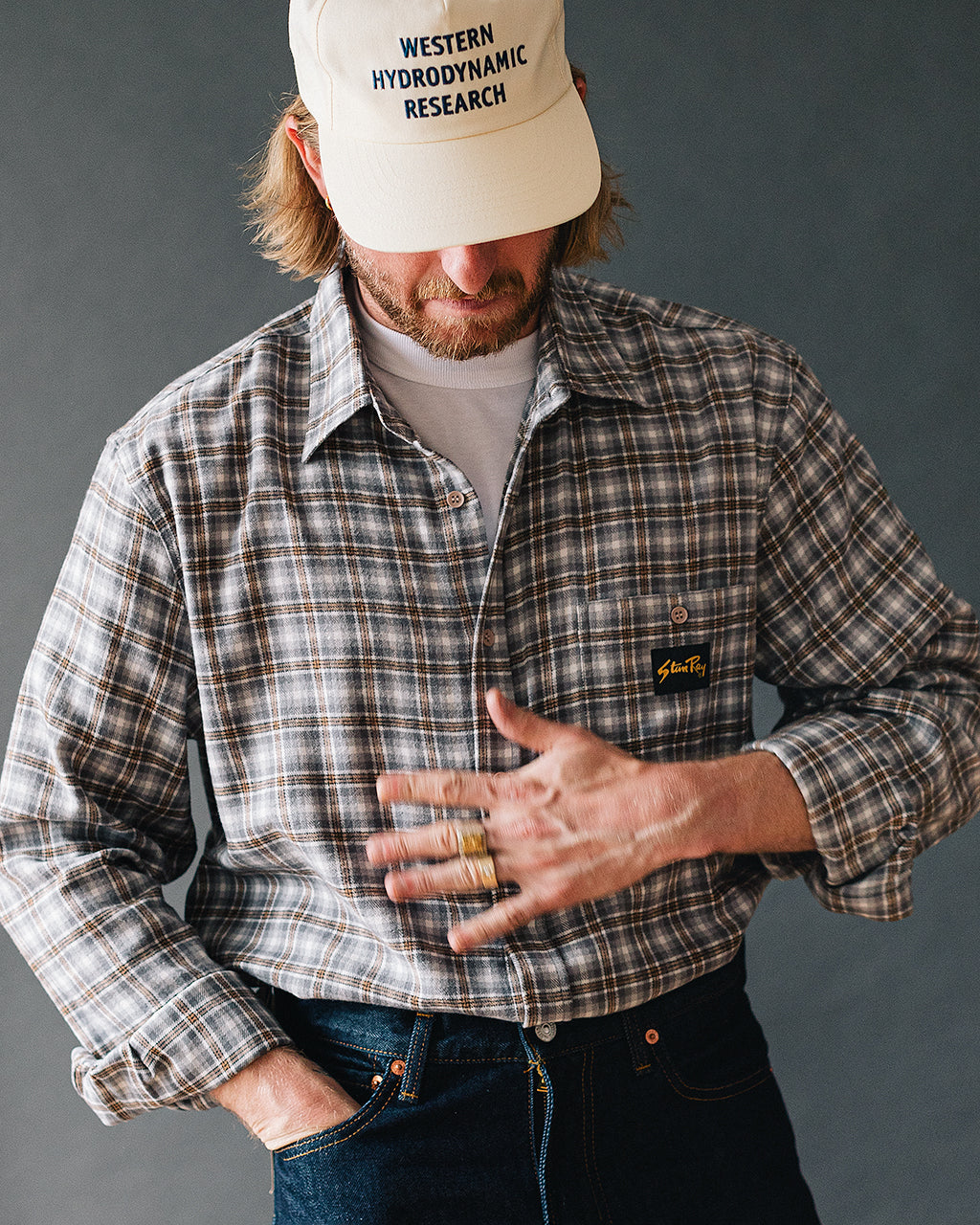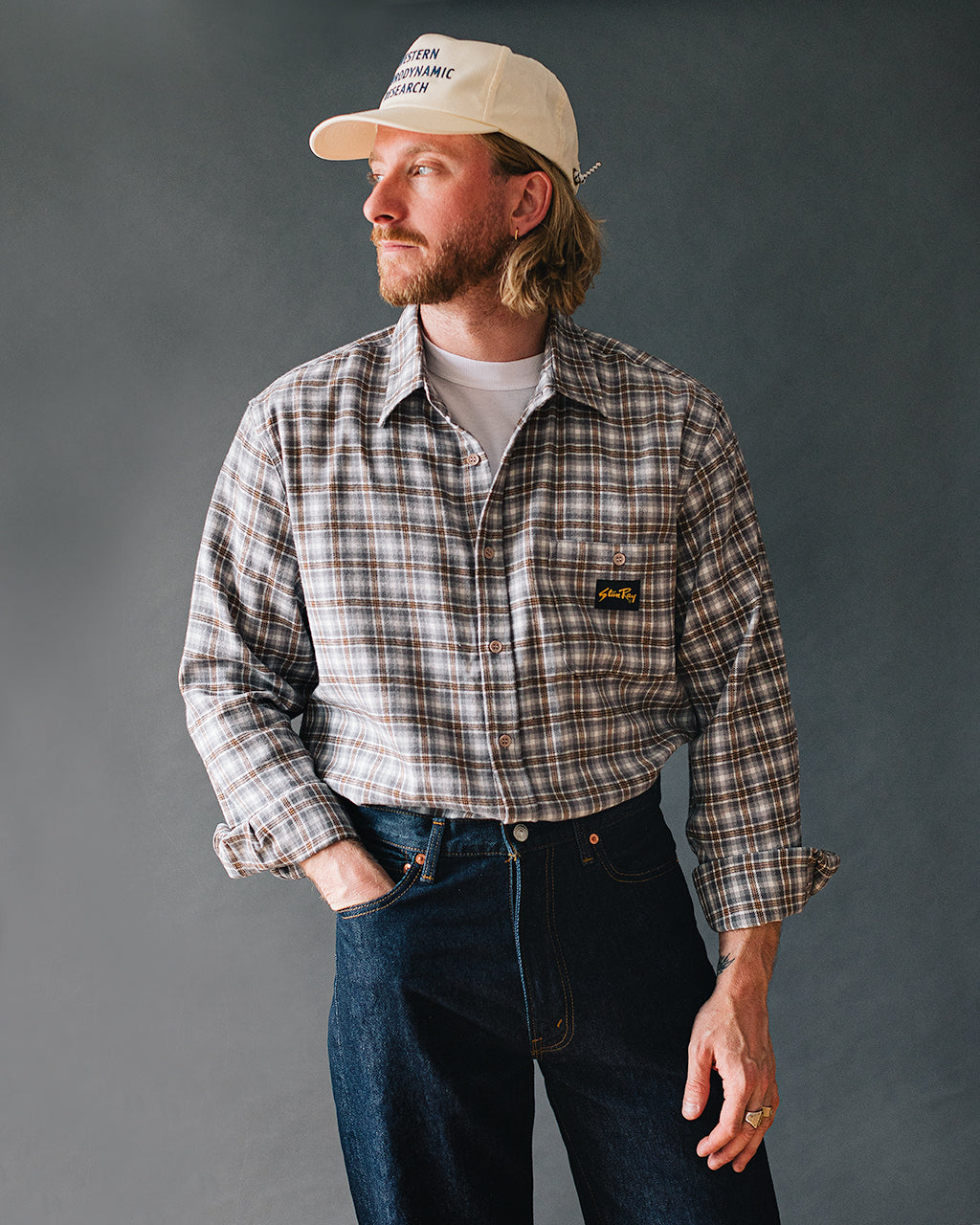
The history of the flannel shirt is rich and multifaceted, tracing its origins back to the early centuries and evolving through various cultural and fashion movements. Initially, flannel was a type of fabric made from carded wool or worsted yarn, and its origins can be traced to Wales in the 16th century.
The Welsh, who were known for their sheep farming, utilised the abundant wool to create a fabric that was both warm and durable, suitable for the harsh weather conditions of the region.
By the 17th century, flannel production had spread across Europe. The Industrial Revolution in the 18th and 19th centuries significantly boosted its popularity. Mechanised spinning and weaving techniques allowed for mass production, making flannel more accessible. During this period, flannel was primarily associated with working-class clothing due to its durability and warmth. Workers in industries such as mining, farming, and logging adopted flannel shirts as part of their daily wear.


The 19th century saw flannel crossing the Atlantic to North America, where it became a staple for American labourers. The fabric’s utility was appreciated by frontiersmen and pioneers who needed practical and rugged clothing for their ventures into the wilderness. As the United States expanded westward, the flannel shirt became emblematic of the pioneer spirit and the American frontier.
In the early 20th century, flannel began to diversify beyond its working-class roots. The 1920s and 1930s saw flannel shirts being embraced by outdoor enthusiasts, hunters, and fishermen. Brands like Pendleton started producing flannel shirts designed specifically for outdoor activities, blending functionality with style. This period also marked the introduction of various plaid patterns, which became synonymous with the flannel shirt.

The mid-20th century further cemented the flannel shirt's place in American culture. During World War II, soldiers wore flannel shirts as part of their cold-weather gear. Post-war, flannel shirts became associated with the burgeoning American middle class. Hollywood played a significant role in popularising flannel shirts, with stars like James Dean donning them in films, thereby infusing the garment with a rebellious, rugged charm.
The 1970s saw flannel shirts being adopted by the counterculture and anti-establishment movements. The shirt’s association with working-class solidarity and practicality resonated with the ethos of these movements. It was during this period that flannel began to be seen as a symbol of defiance and nonconformity.


The 1990s grunge movement catapulted the flannel shirt into a global fashion statement. Bands like Nirvana and Pearl Jam, hailing from the Pacific Northwest, popularized the "lumberjack" look. Flannel shirts, often oversized and layered, became a staple of grunge fashion, symbolising a laid-back, anti-fashion ethos. This era solidified the flannel shirt's status as an iconic piece of casual wear.
In the 21st century, flannel shirts continue to be a versatile and beloved garment. They have been reinterpreted by high fashion designers and remain a staple in casual and outdoor apparel. Modern flannel shirts are made from various blends of cotton, wool, and synthetic fibers, catering to diverse tastes and climates. The fabric's evolution from its utilitarian roots to a fashion staple reflects broader cultural shifts and the enduring appeal of garments that blend practicality with style.


The flannel shirt's journey from the Welsh countryside to global fashion runways illustrates its remarkable adaptability and enduring appeal. Whether worn by labourers, outdoor enthusiasts, or fashion icons, the flannel shirt remains a symbol of warmth, comfort, and rugged individuality.


